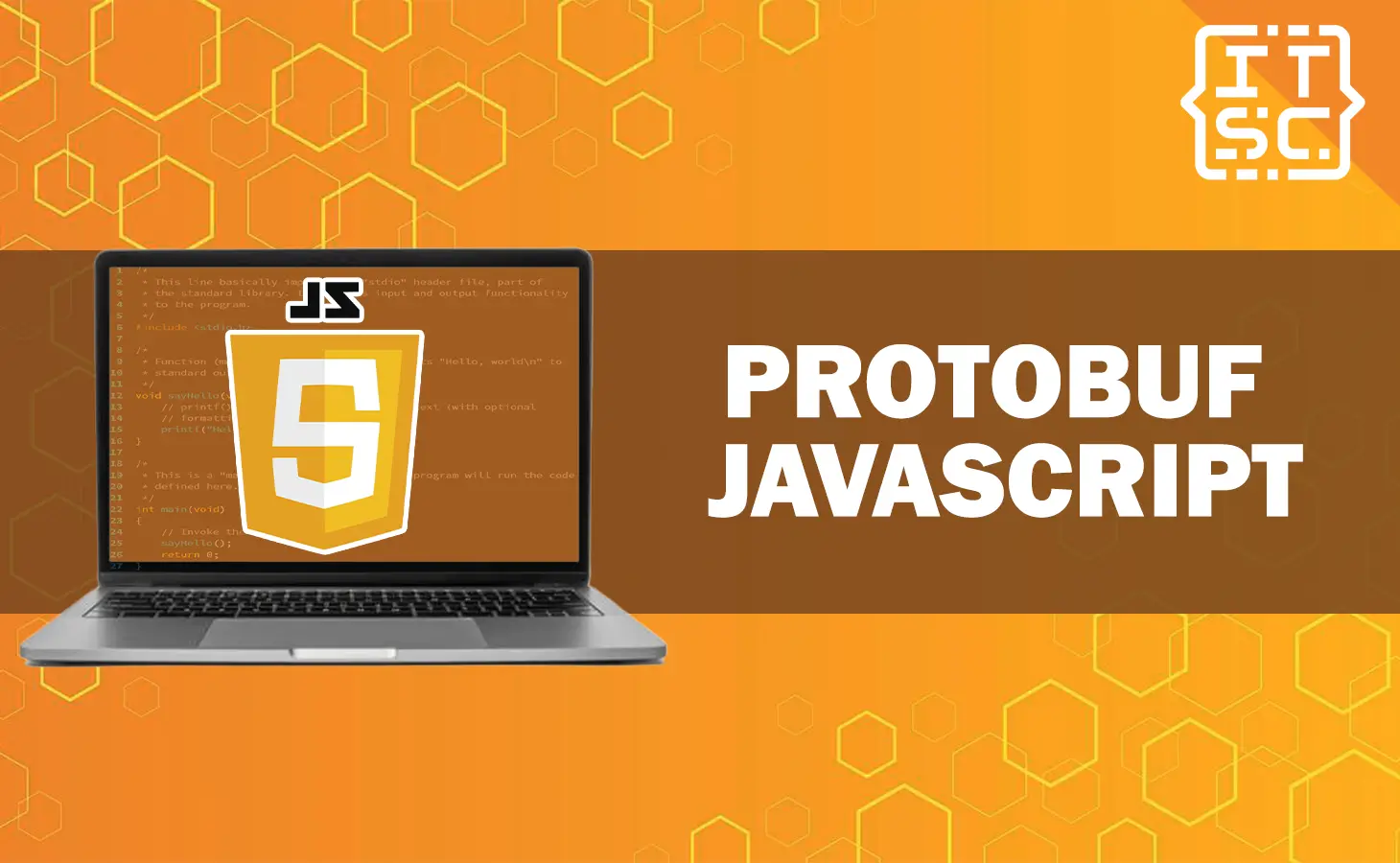In this article, we will discuss into the Protobuf JavaScript, exploring its advantages, implementation, and its use cases.
In the web development, dynamic data serialization is important for increasing the performance and scalability of modern applications.
Protobuf JavaScript, short for Protocol Buffers, develop as a prominent solution, providing a lightweight and fast data interchange format.
Let’s start by understanding the core concepts of Protobuf.
What is Protobuf JavaScript?
Protobuf JavaScript is an extension of Google’s Protocol Buffers, a language-agnostic data serialization format.
It allows dynamic communication between different systems by encoding structured data into a compact binary format.
This makes data transmission faster and decreases the payload size, increasing overall application performance.
How Does Protobuf JavaScript Work?
Protobuf depends on a language-specific interface definition language (IDL) file, where you determine the data structure using a simple syntax.
This IDL file acts as a contract between client and server applications, ensuring affinity.
Advantages of Using Protobuf JavaScript
Here are the advantages of using Protobuf JavaScript:
- Efficiency
- Cross-Language Support
- Versioning
- Strong Typing
- Code Generation
Implementing Protobuf JavaScript
Now that we have already understand the basics, let’s move on how to implement Protobuf in your projects.
Installing Protobuf JavaScript
To get started with Protobuf, you will need to install the Protocol Buffers compiler (protoc) and the JavaScript runtime library.
You can follow the following steps below:
- Install protoc
- Download and install the Protocol Buffers compiler suitable for your operating system from the official website.
- Install JavaScript Runtime Library
- Using npm (Node Package Manager), install the official Protobuf runtime library with the following command:
npm install google-protobuf
Defining Your Data Structure
To determine your data structure, create a .proto file (IDL file) using a text editor. The .proto file uses a simple syntax to describe the data.
Here’s an example code:
syntax = "proto3";
message people{
string fullname = 1;
int32 age = 2;
repeated string interests = 3;
}
In this example, we define a “people” message with fullname, age, and interests fields.
Compiling the .proto File
Once you’ve determined the data structure in the .proto file, you need to compile it into JavaScript code.
You can use the following command to generate the JavaScript files:
protoc --js_out=import_style=commonjs,binary:. your_file.proto
This will create a JavaScript file (your_file_pb.js) that consists of the generated code to work with your data structure.
Using Protobuf JavaScript in Your Code
Now that you have the JavaScript files generated, you can start using Protobuf in your code.
Let’s see an example code:
const { People } = require('./your_file_pb.js');
// Create a new Person
const people = new People();
people.setName("Jude Cruz");
people.setAge(24);
people.addInterests("Programming");
people.addInterests("Quiz Bee Program");
const binaryDataSample = people.serializeBinary();
const receivedPeople = People.deserializeBinary(binaryDataSample);
console.log(receivedPeople.getName());
console.log(receivedPeople.getAge());
console.log(receivedPeople.getInterestsList());
Integrating with Node.js and Web Browsers
Protobuf is functional and can be used both in Node.js applications and web browsers.
For Node.js, you can use the fs module to read/write binary data to files or streams.
In web browsers, you can use Fetch API to send and receive binary data over the network.
Optimizing Performance with Protobuf JavaScript
Protobuf show when it comes to optimizing performance in data serialization.
Follow these tips:
- Use Smaller Data Types
- Avoid Overusing Nested Structures
- Update Protobuf Schema Thoughtfully
Best Practices for Protobuf JavaScript
To make sure a smooth integration and implementation of Protobuf, consider the following best practices:
- Plan Your Data Structure Carefully
- Document Your Protobuf Schema
- Handle Versioning and Backward Compatibility
- Validate Incoming Data
- Monitor Performance
Conclusion
Protobuf JavaScript, or Protocol Buffers, offers a powerful solution for data serialization in modern web development.
With its compact binary format, cross-language support, and efficiency, it increases the performance of applications while reducing bandwidth consumption.
By following best practices and understanding its implementation, you can smoothly integrate Protobuf into your projects, leading to more reliable and scalable applications.

